Miami moves: artist Carsten Höller on his pop-up club for Prada
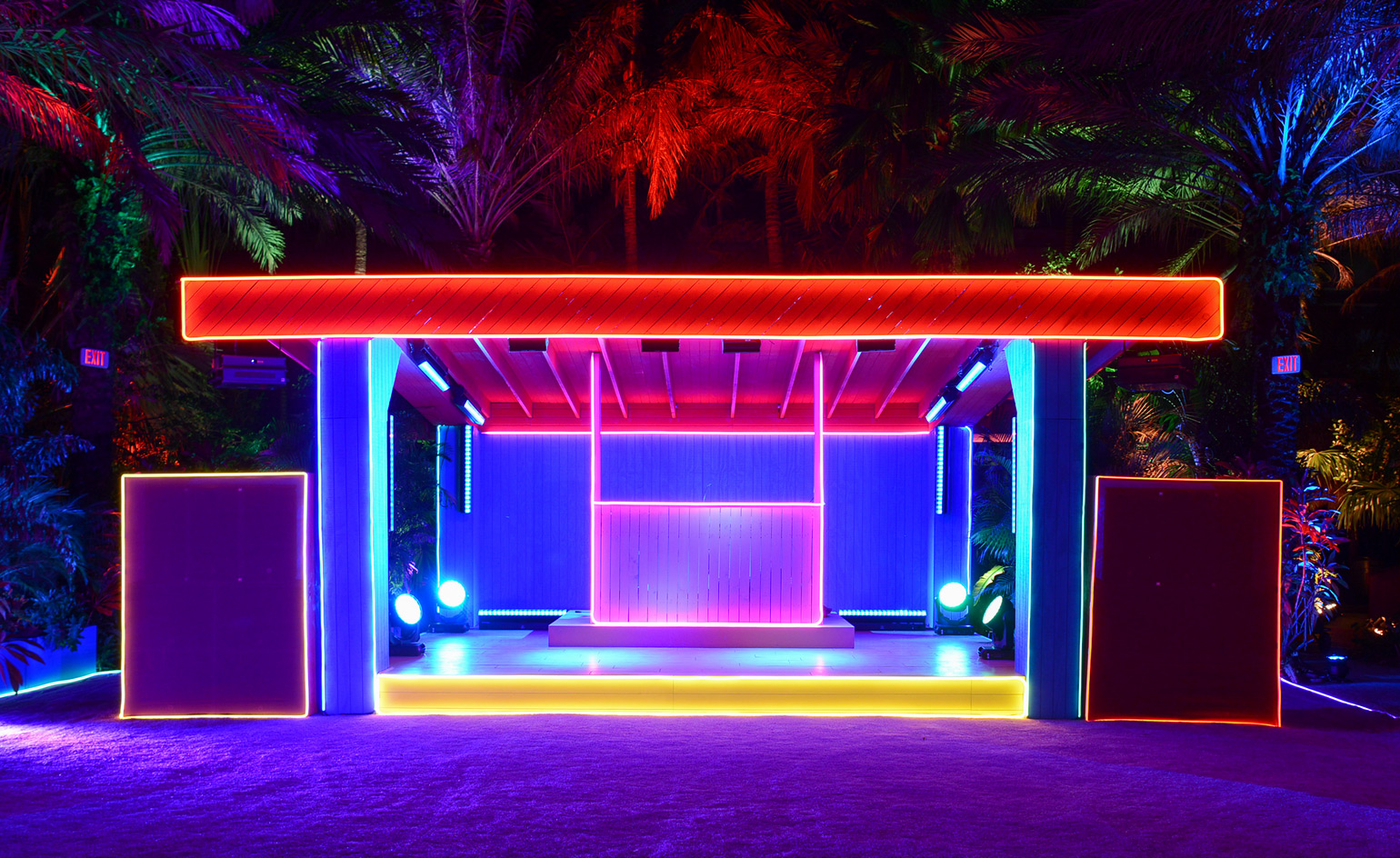
‘Have you seen the film Rumble Fish?,’ asks Carsten Höller. It’s the morning before the opening of the Stockholm-based artist’s new show in Miami: a three day pop-up club in collaboration with Prada that marks the opening of the Milanese brand’s new store in the city’s Design District, and which also happily coincides with Art Basel Miami Beach. ‘In that film, there are these little fishes. They are in colour, everything else in black and white. I saw it 20 years ago and thought that’s a great idea.’
Stationed at a former ice factory in Miami’s Wynwood district, the Double Club is an immersive artwork that doubles as a nightclub - a party divided into two parts. Upon entering, guests are given two choices: go inside or outside. The outside space features a Caribbean-style beach bar and stage space, framed by neon lights that wash the space in every colour of the rainbow. Here, on the opening night, revellers danced to live performances from Wyclef Jean, and Cuban bands.
The inside space has been painstakingly desaturated – ‘apart from the stupid exit signs’ laments Höller. Monochromatic patterns cover the walls and guests dance to techno music on multi-tiered dance floor among strobe lights, lasers and generous amounts of atmospheric dry ice.
‘It really works,’ attests Höller, ‘If you have been a little bit in the outside space and then go into the inside space it’s like cutting your brain in two in some ways. You feel like a Rumble Fish.’

The Prada Double Club Miami by Carsten Höller
The installation, which was just two months in the making, borrows its name from Höller’s previous show in London in 2008, also in collaboration in with Prada. Staged over the course of eight months, the original Double Club was a bar, restaurant and nightclub that explored the dialogue between Congolese and Western contemporary music, lifestyle, arts and design – an idea that Höller pitched to Miuccia Prada off the cuff, not expecting her to agree. It opened after a year of design and planning, but to Höller’s dismay was deathly quiet after its launch.
‘It was at the point when the financial crisis had just hit and the weather was lousy, and so nobody came. We thought that Prada and maybe my name might be enough to bring people, but no. It was empty for six weeks roughly, and then suddenly on 2 January 2009 – it was just full. And from then on it was really the place to be. It was crazy. But that’s London for you; once it’s on the radar, people will embrace it.’
The three-day Miami edition of the Double Club however, did not suffer from this problem. Queues stretched around the block on its opening night this week. ‘This is a bit confusing in the sense that we are using the same name again but it’s totally different,’ explains Höller of the three-day event. ‘Each work influences the next but it’s kind of unconscious. Sometimes you have to push yourself and get away from what you’ve done before.’
‘I think many artists fell into this trap – you’re doing all these experimental things and trying things out, and then all of a sudden some of these things get public attention, so you latch onto it and continue at it for the rest of your life,’ he continues. ‘I don't want to do this. That’s why we intentionally used this name again when it’s not necessarily the same thing, it means I can make more Double Clubs in the future.’
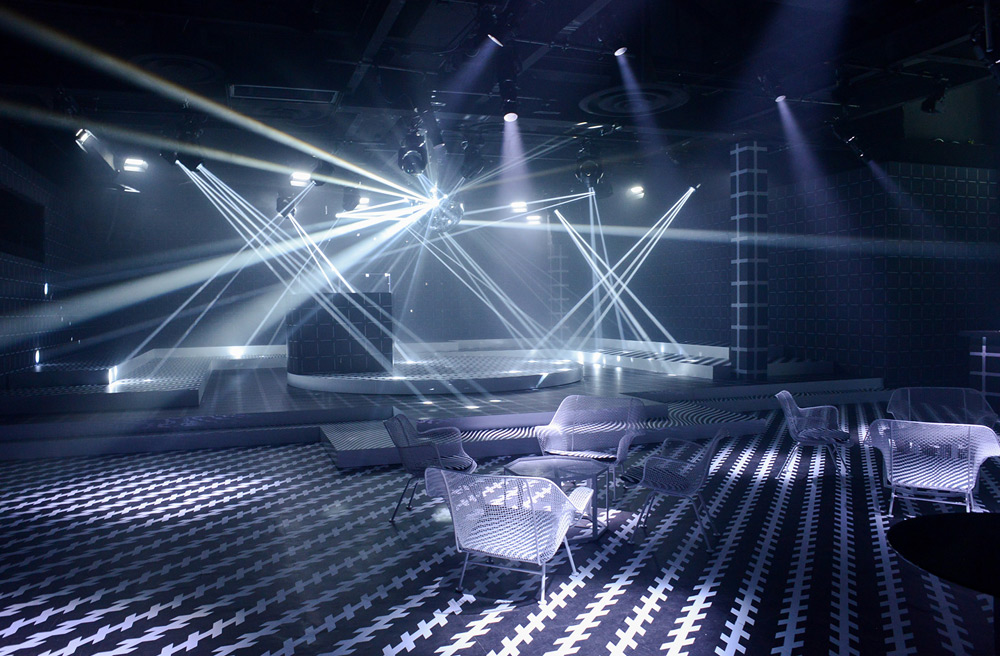
The Prada Double Club Miami by Carsten Höller
Earlier this year, Höller’s exhibition at the the new Renzo Piano-designed Centro Botín arts centre in Santander, Spain, also explored the theme of duality, offering its guests two pathways through a Y-shaped space. Höller, a former scientist, views these works as human experiments, likening the visitor experience at the Double Club to isomers – molecules that are made up of the same formula but with different chemical structures. As guests choose their path through the same space they each have different experiences.
‘Many of my works are Double Clubs of sorts if you think about it – two different halves that awkwardly don’t fit together,’ he ponders. ‘I like this idea of tracing a path; two different possibilities, you can go right or left, it divides in two, and then again, and again to infinity. It’s a simple mathematical concept.’
Yet its not the results of the experiment that interest Höller. He won‘t be sitting in the space taking notes or counting numbers. Instead he wants to offer his art as a social, joyful experience; in this case a piece that can be enjoyed by everyone, from nightclubbers to art aficionados.
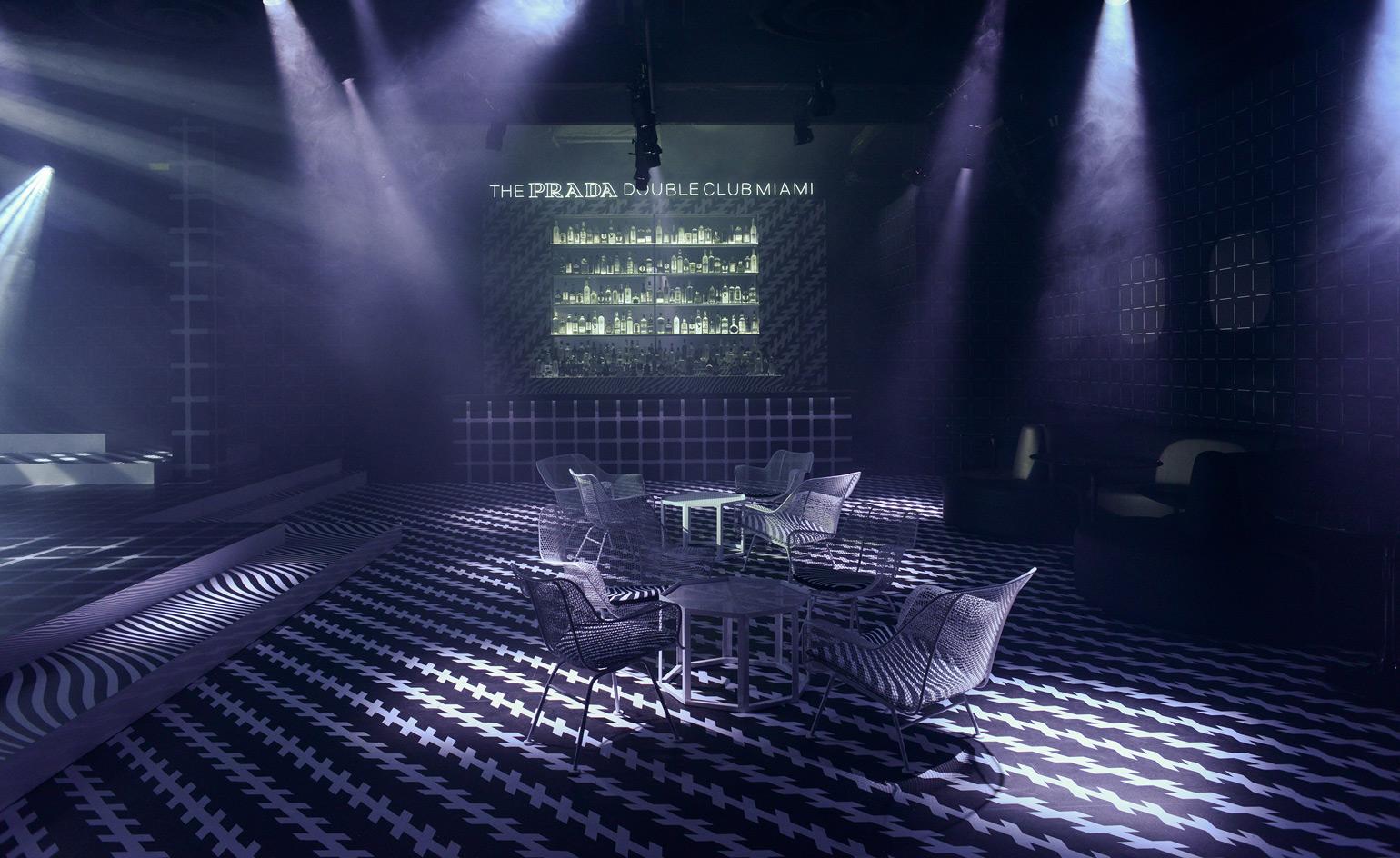
The Prada Double Club Miami by Carsten Höller
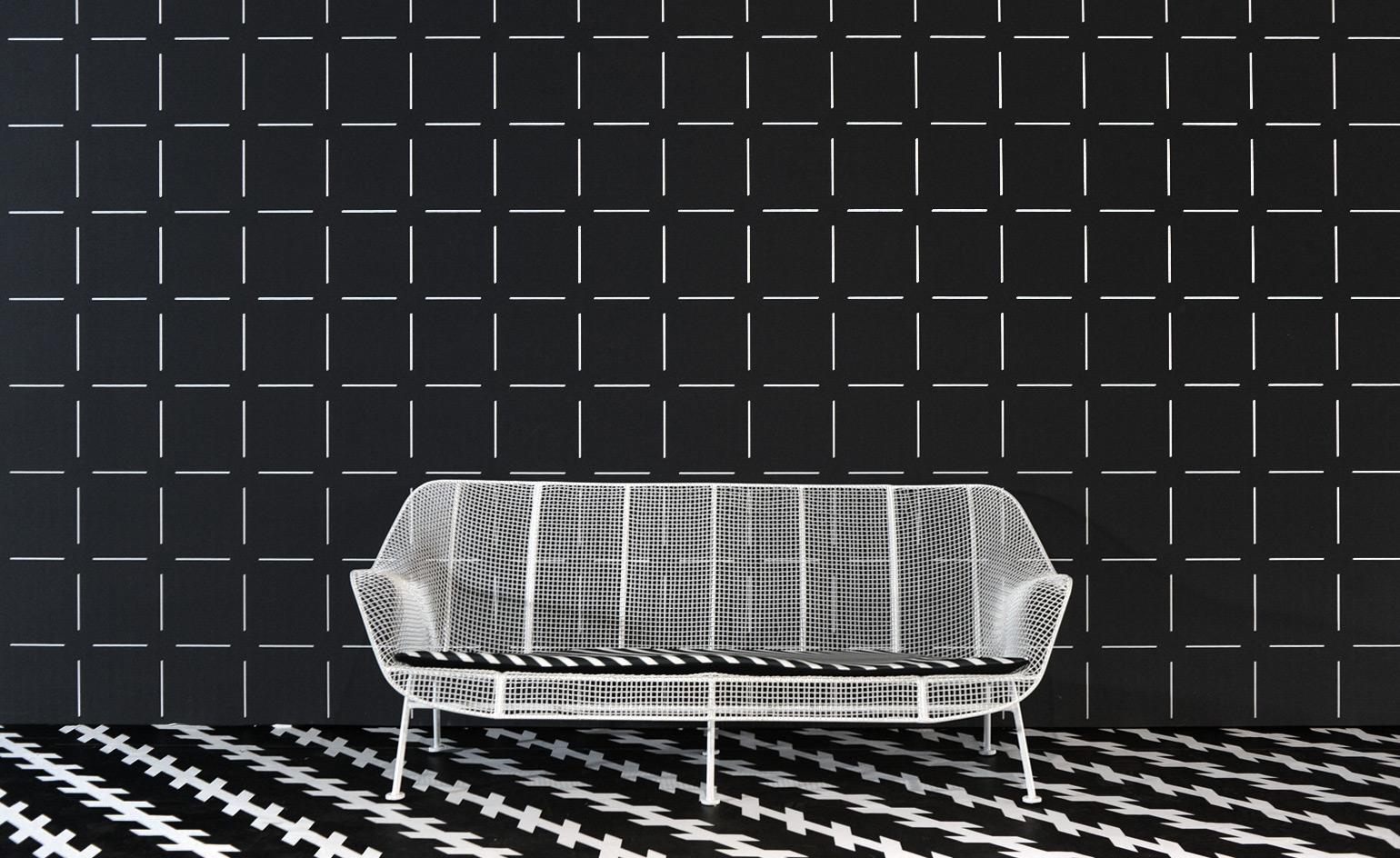
The Prada Double Club Miami by Carsten Höller
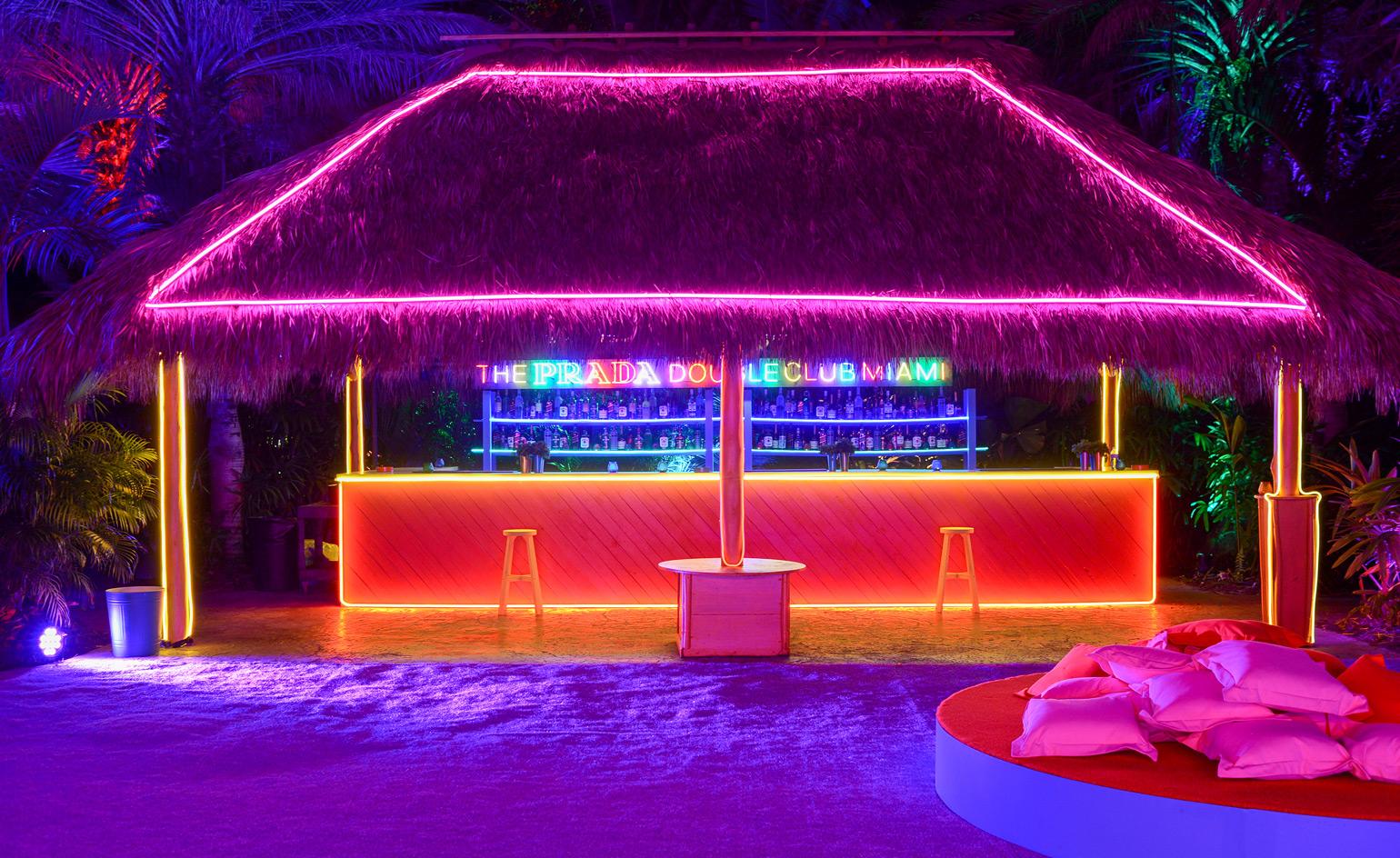
The Prada Double Club Miami by Carsten Höller
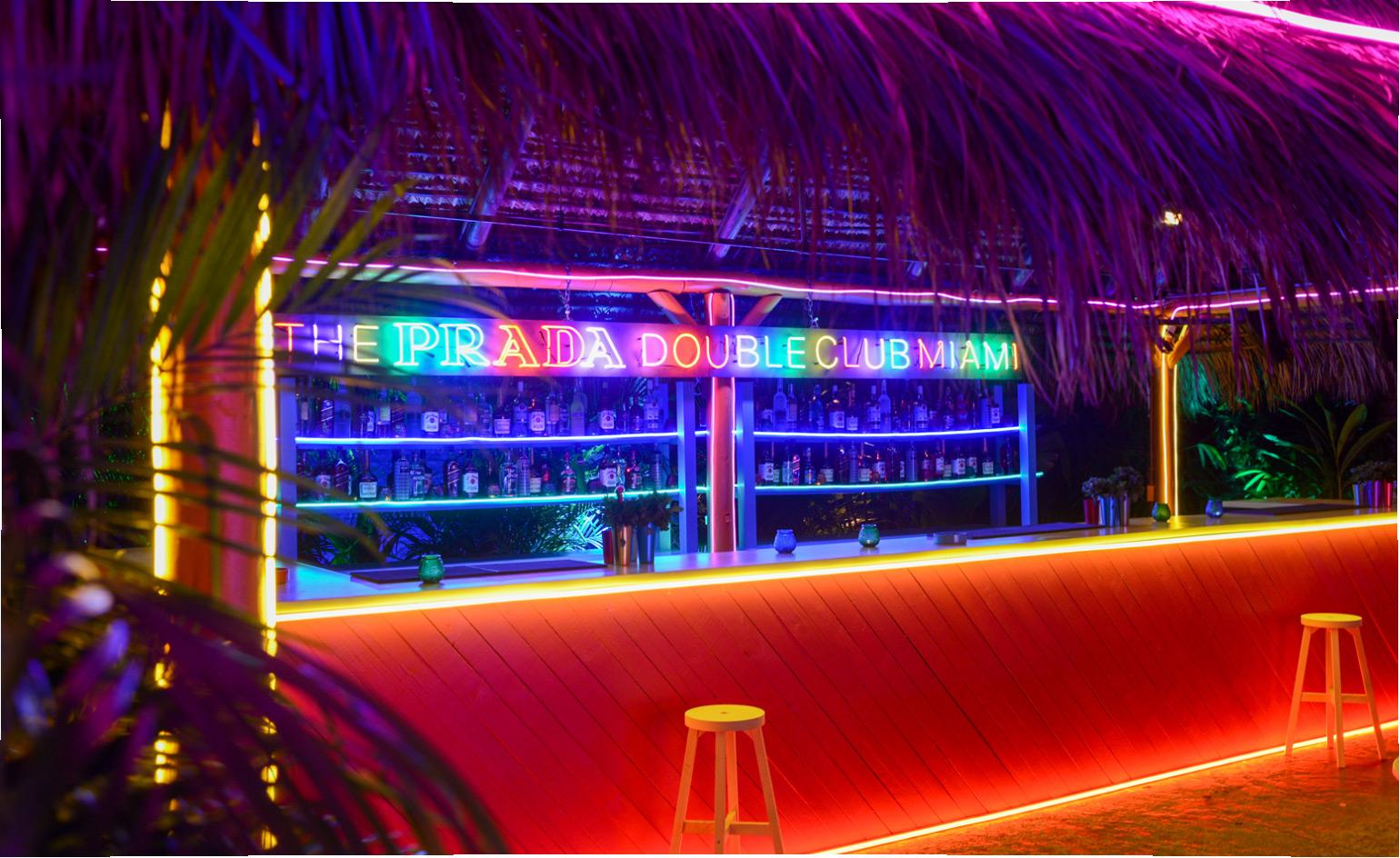
The Prada Double Club Miami by Carsten Höller
INFORMATION
For more information, visit the Fondazione Prada website
Receive our daily digest of inspiration, escapism and design stories from around the world direct to your inbox.
Ali Morris is a UK-based editor, writer and creative consultant specialising in design, interiors and architecture. In her 16 years as a design writer, Ali has travelled the world, crafting articles about creative projects, products, places and people for titles such as Dezeen, Wallpaper* and Kinfolk.
-
 Winston Branch searches for colour and light in large-scale artworks in London
Winston Branch searches for colour and light in large-scale artworks in LondonWinston Branch returns to his roots in 'Out of the Calabash' at Goodman Gallery, London ,
-
 The most anticipated hotel openings of 2026
The most anticipated hotel openings of 2026From landmark restorations to remote retreats, these are the hotel debuts shaping the year ahead
-
 Is the future of beauty skincare you can wear? Sylva’s Tallulah Harlech thinks so
Is the future of beauty skincare you can wear? Sylva’s Tallulah Harlech thinks soThe stylist’s label, Sylva, comprises a tightly edited collection of pieces designed to complement the skin’s microbiome, made possible by rigorous technical innovation – something she thinks will be the future of both fashion and beauty
-
 Rivian hits Miami Art Week to release R1S Quad Miami Edition, a new colour and a scent
Rivian hits Miami Art Week to release R1S Quad Miami Edition, a new colour and a scentVivid sights and evocative smells are part of Rivian’s quest to humanise its all-electric SUVs
-
 A new American airline hopes to bridge the worlds of private aviation and business class
A new American airline hopes to bridge the worlds of private aviation and business classMagnifica Air’s Airbuses have acres of space, private suites and white-glove treatment for your precious luggage, coming soon to a route near you
-
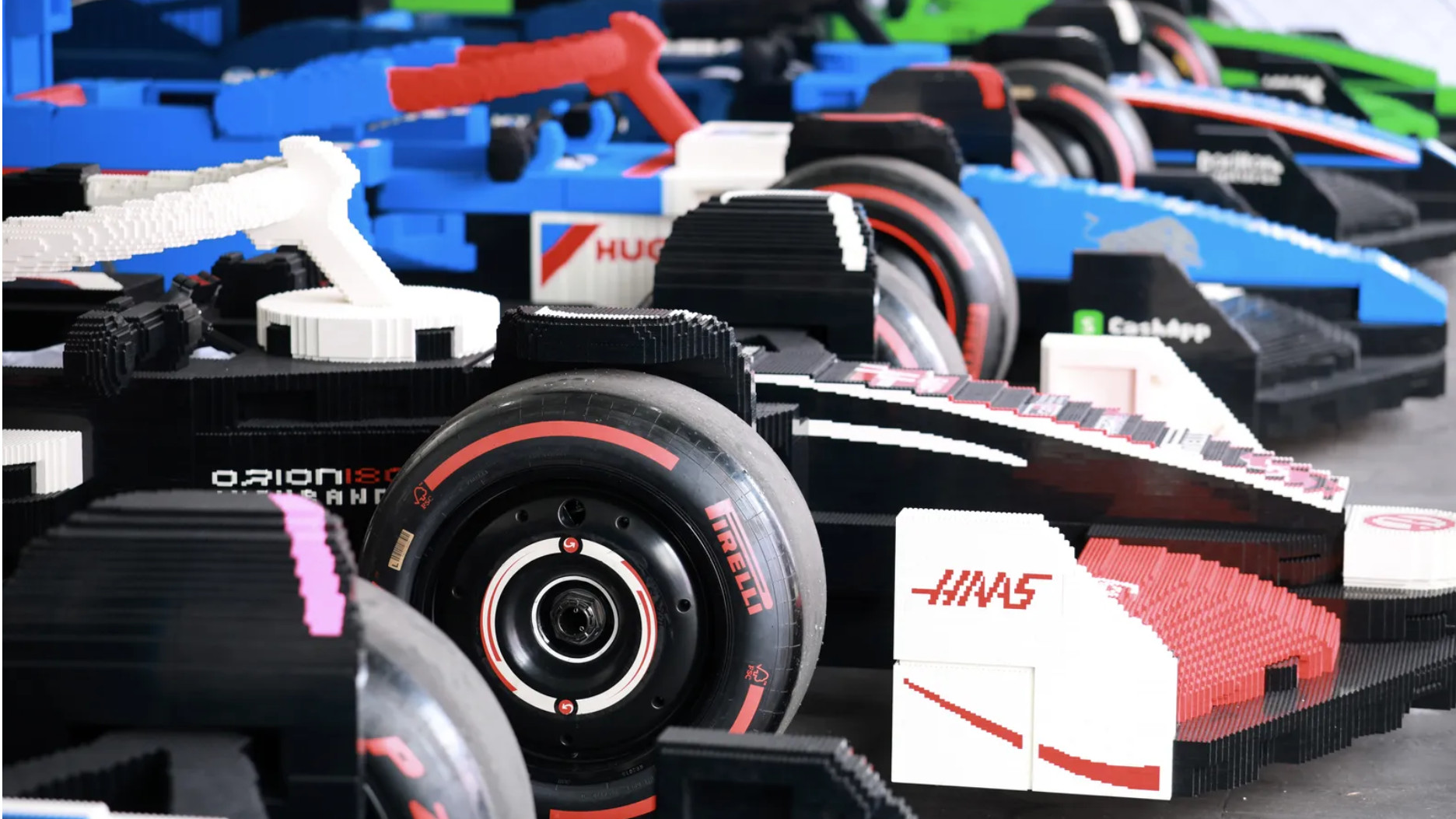 For the Miami Grand Prix, Lego built ten fully drivable F1 cars
For the Miami Grand Prix, Lego built ten fully drivable F1 carsFour million bricks and 22,000 hours of work: here’s how Lego created functional cars for the Formula 1 drivers’ parade
-
 Our pick of the reveals at the 2025 New York Auto Show, from concept SUVs to new EVs
Our pick of the reveals at the 2025 New York Auto Show, from concept SUVs to new EVsInterest in overseas brands remained strong at this year’s NY Auto Show despite the threat of tariffs designed to boost American-owned brands
-
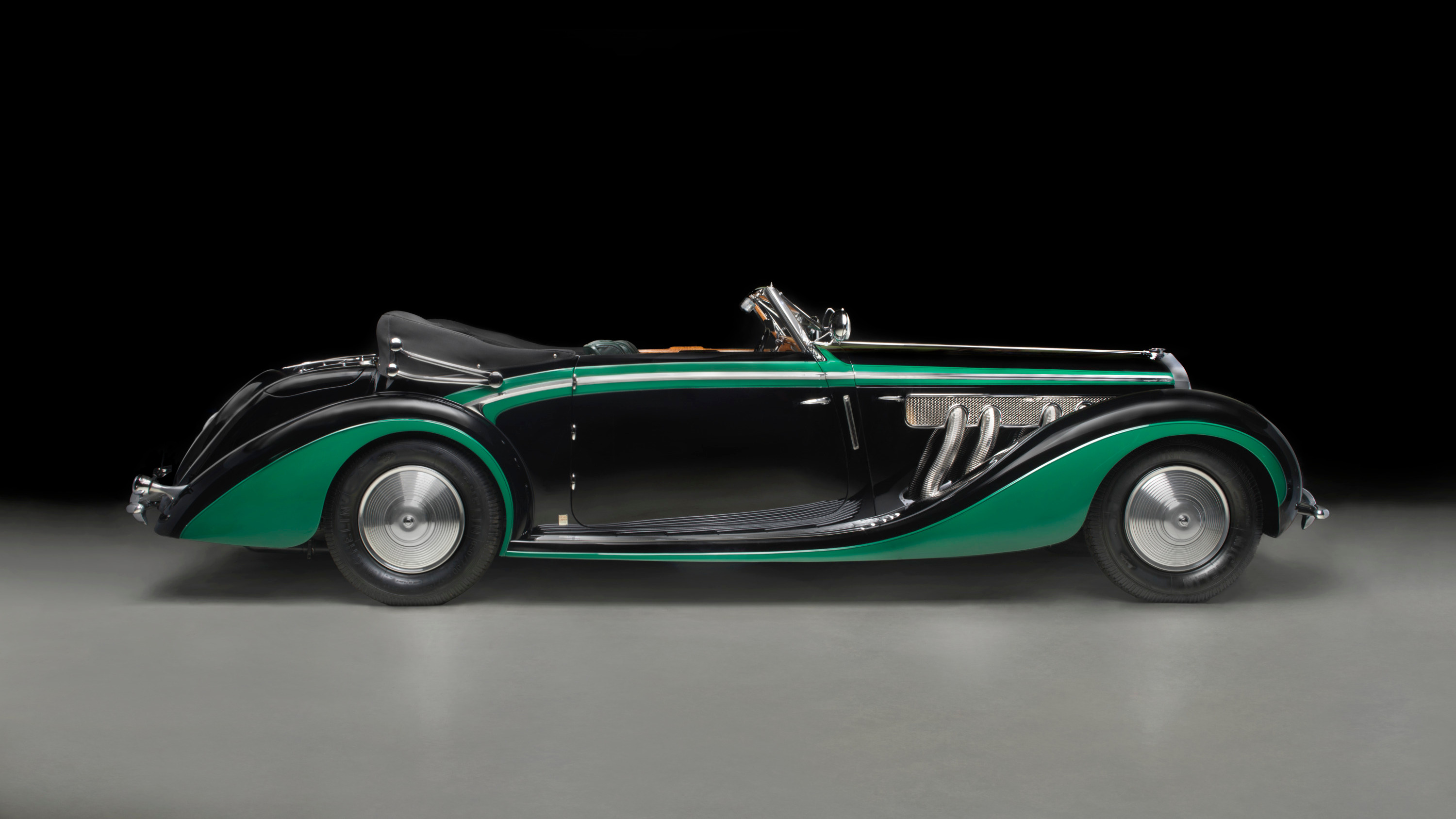 A new show in Saint Louis promises a rare combination of art, cars and elegant fashion
A new show in Saint Louis promises a rare combination of art, cars and elegant fashion‘Roaring: Art, Fashion, and the Automobile in France, 1918-1939’ celebrates a golden age of creativity, showcasing ten unique cars alongside the cream of the era’s style
-
 Meet the final drivable prototype of the Telo MT1 pickup truck, shaped by Fuseproject
Meet the final drivable prototype of the Telo MT1 pickup truck, shaped by FuseprojectThe Telo MT1 is a modestly scaled EV that turns the traditional all-American approach to pick-up truck design on its head
-
 Airstream goes all-electric with a travel trailer designed for zero-emission off-grid exploration
Airstream goes all-electric with a travel trailer designed for zero-emission off-grid explorationThe new Airstream Basecamp 20Xe travel trailer offers spacious accommodation and a full suite of facilities, wherever you decide to set up camp
-
 New Polydrops P21 is a travel trailer with an architectural backstory
New Polydrops P21 is a travel trailer with an architectural backstoryStreamlined and ultra-compact, the Polydrops P21 is a self-contained RV aimed at remote workers and energy-efficient adventurers